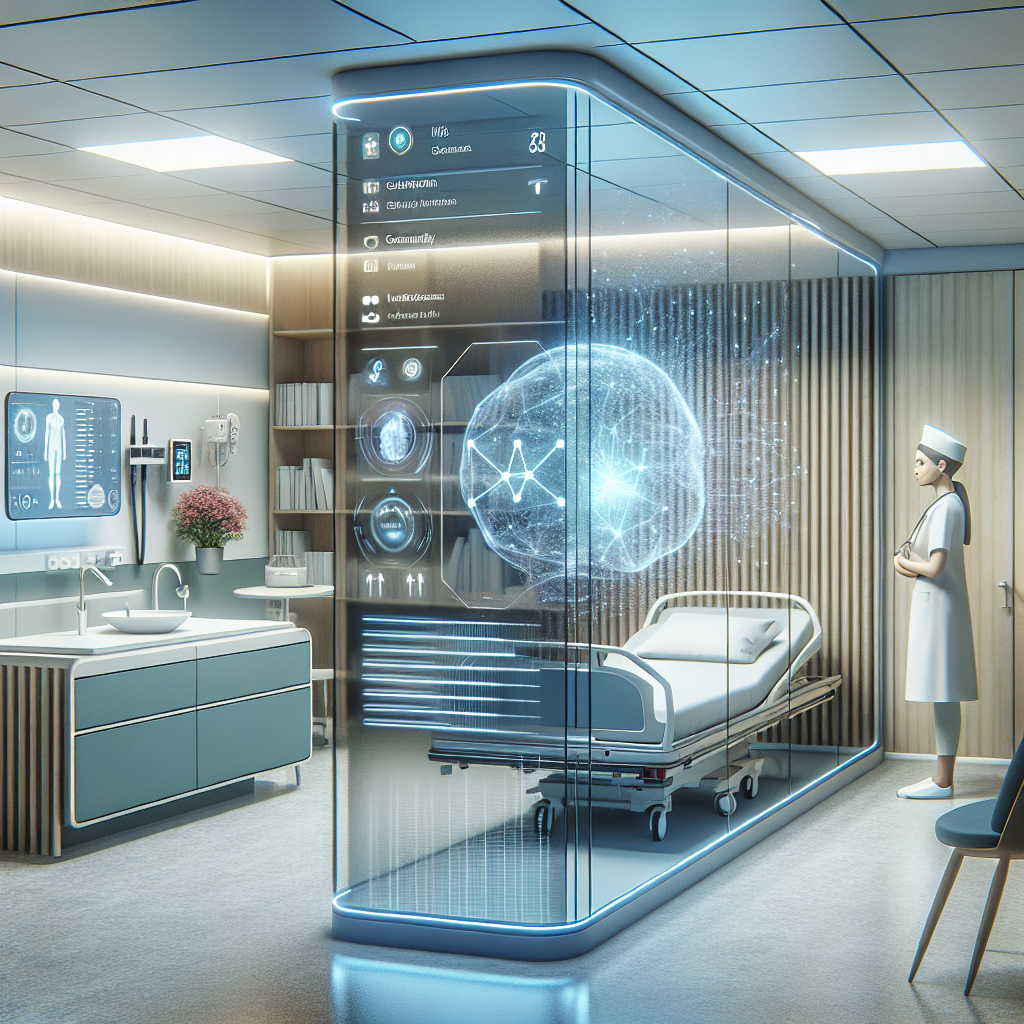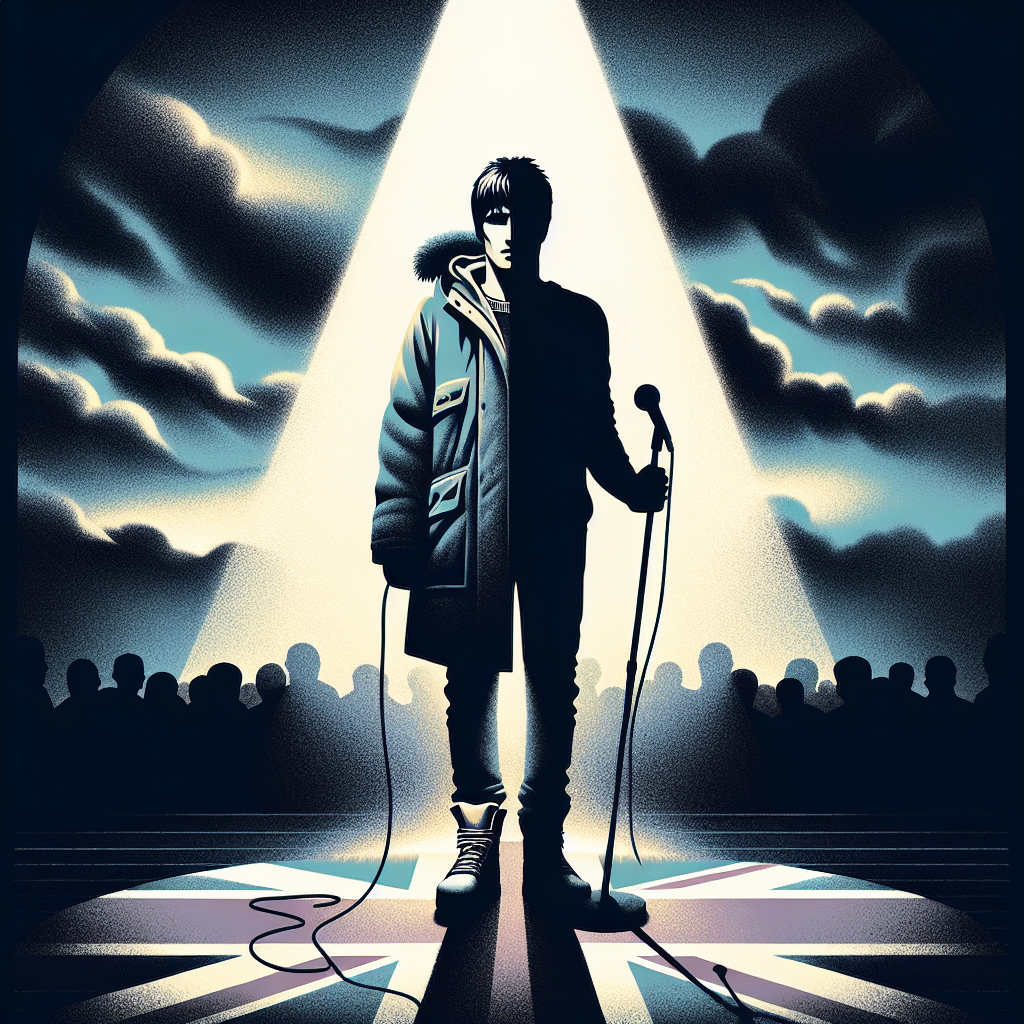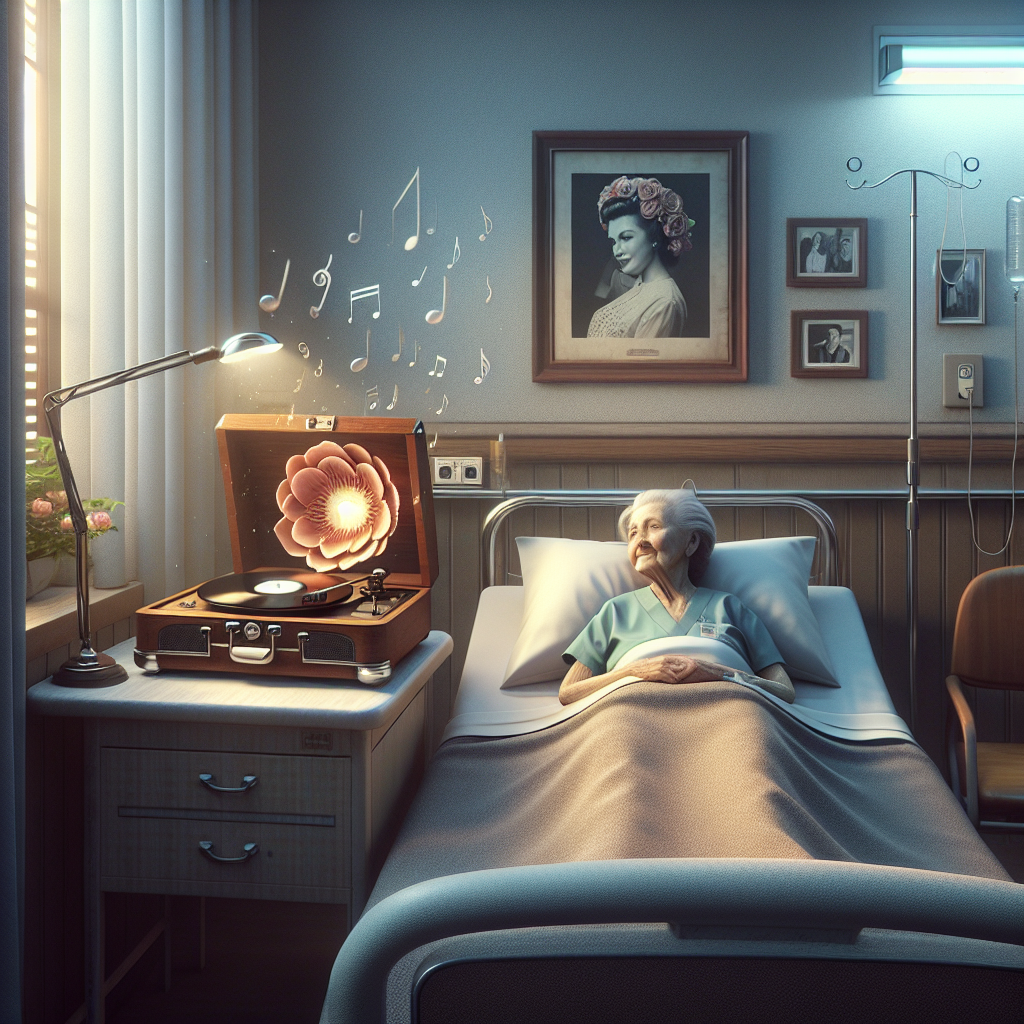Yo, cybernauts and algorithm abuelas, Mr. 69 here—booting up your brain for another quantum leap into the future. Buckle that neural seatbelt, because what we’re talking about today isn’t sci-fi, it’s Scandi-smart and happening right now in a hospital near you.
Introducing: Teton, the Danish dynamo of health tech, serving you AI realness with a digital twin flair—and all that fire’s coming straight from Gefion, one of Europe’s most beast-mode supercomputers. Yeah, I said it. Think of Gefion as Thor’s GPU-hammer, slamming data into AI gold faster than you can say “quantum displacement.”
Here’s the download: Teton has engineered an AI care companion so next-level, it makes your smartwatch look like a sundial.
So, what’s the big idea?
Teton installs a web of cameras and sensors in hospital rooms—not creepy “big brother” style, but more like your hyper-observant robot nurse bestie. These eyes and ears feed constant real-time data into an AI algorithm that builds a “digital twin” of the room. Picture a Ghost-in-the-Shell-style hologram of your hospital environment—minus the dystopia (we hope).
But wait—before the privacy-police fire up their keyboards, this AI isn’t cloud-thirsty. All data is crunched locally, like an Icelandic yogurt from a zero-carbon fridge. No personal data, no raw video footage leaves the building. It’s HIPAA-approved and tinfoil-hat-friendly.
The goal? Turbocharging hospital response time. If the twin senses a patient’s breathing getting weird, posture slumping like a Monday mood, or a nurse who’s forgotten which drawer holds sterile gloves (we see you, Gary), it pings alerts through an app. Boom! Real-time support. No delays, no human error—just AI doing a tightrope dance between surveillance and savior.
Let’s talk about that supercomputer power-up, though. This isn’t “Hey Siri, what’s the weather?”—Gefion is crunching clinical data at a rate previously reserved for simulating black holes or training large language models to write spicy fan fiction. Teton tapped that raw computational juice to cook up an AI system smart enough to handle clinical chaos while keeping data tucked tighter than Fort Knox.
And the implications? Oh baby, we’re not just speeding up hospital workflows. We’re on the edge of a care revolution. A world where burnout gets AI backup. Where night shifts run smoother. Where grandma’s vitals are watched by an invisible guardian. Where medicine becomes not just reactive, but proactive with the help of ambient intelligence.
Let me get galaxy-brained for a moment: What Teton’s building is part of something bigger—what I like to call the “Sentient Infrastructure Movement.” The walls are listening, the lights are thinking, and soon, the hospital bed might start tracking REM cycles better than your overpriced fitness tracker.
We’ve just stepped into a hybrid dimension of care, where the physical hospital room and its “digital twin” co-exist like dual realms. Call it the metaverse for medics.
And you know what? It’s about time. Healthcare’s been playing catch-up in the tech race for decades. But now, with Nordic innovation, AI guardians, and compute muscle that could model Mars weather on a Tuesday, we’re finally bringing the future to the present—clinical edition.
So, here’s my prescription for ya: strap in, and prepare for a world where AI doesn’t just power your playlist—it might just save your life.
Hack the future. Heal the world.
– Mr. 69










